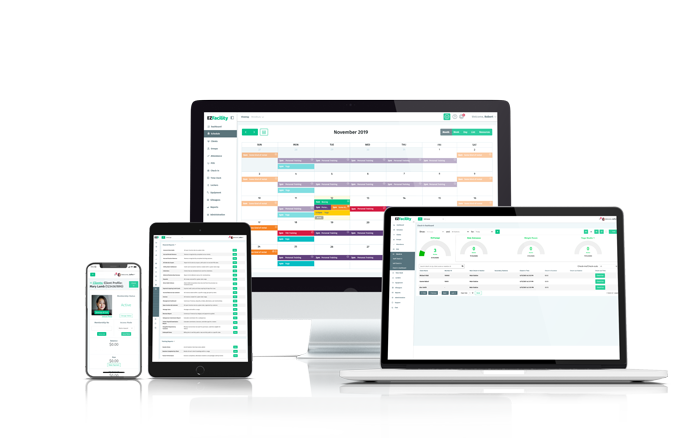Exercising is one of the most important things you can do to improve your overall health—which is especially crucial during the COVID-19 era. Regular exercise helps keep your immune system operating at its prime, and it also helps lowers the risk of diabetes, obesity, high blood pressure, cardiovascular disease, depression, and more.
And while many restrictions on businesses have been lifted and fitness facilities have reopened, you may find yourself wondering if it’s safe to return to in-person workouts. The answer is yes—as long as you exercise proper gym etiquette, follow protocols, and do your part to reduce the spread of germs.
Here are five ways you can help keep yourself and other people at the gym safe and healthy:
1. Don’t go if you’re sick (or think you might be)
This should be common sense, yet we feel compelled to emphasise how important it is to skip your in-person workout routine when you’re sick or not feeling well. Even if you think it’s no big deal, the best way to keep fellow gym goers and other people at the gym safe is to avoid exposure until you’re back to feeling 100%.
2. Avoid peak hours
Most people have a preferred time to get their workout routine in for the day, but it’s still a good idea—if it’s possible—to adjust your workout schedule in order to avoid visiting the gym during peak hours. Again, it may seem like common sense, but shifting the time of your workout routine by even just 30 minutes can have a huge impact on flattering the curve and reducing the spread of the coronavirus.
3. Follow the rules
Rules and restrictions vary from business to business. Make sure you pay attention to the rules at your gym, and follow them. If you see areas of the gym that are closed, or a piece of equipment that’s marked out of use, remember that these rules are in place to keep you and fellow gym goers safe.
4. Wipe down equipment
Germs and public places go hand-in-hand, and the gym is no exception. In fact, studies have found that free weights contain more than 360 times the amount of bacteria than toilet seats, and treadmills contain over 70 times more bacteria than a water faucet. Again, it should be common sense at this point, but make sure you wipe down equipment before and after every use. Germs and other illnesses existed long before Covid, but you can help limit the spread of germs by exercising proper gym etiquette and washing your hands regularly, wiping down your gym’s equipment, and maintaining a safe distance from fellow gym goers.
5. Bring your own supplies
Have you ever gone to grab a paper towel or cleaning wipe at the gym, only to find there aren’t any left? It’s not a good feeling, but it’s a situation you can easily avoid by bringing your own supplies. Bring at least two towels to the gym with you—one to lay on equipment and machinery to create a protective barrier, and one to use to wipe your sweat. It’s also smart to bring your own sanitiser, or sanitising wipes to make sure you can wipe down equipment before and after every use.
Conclusion
Regular exercise and physical activity have always been important, but even more so now during the pandemic. If you’re ready to get back to the gym and in-person workouts, just make sure you exercise proper gym etiquette and do everything you can to keep you and other people at the gym safe and healthy.









